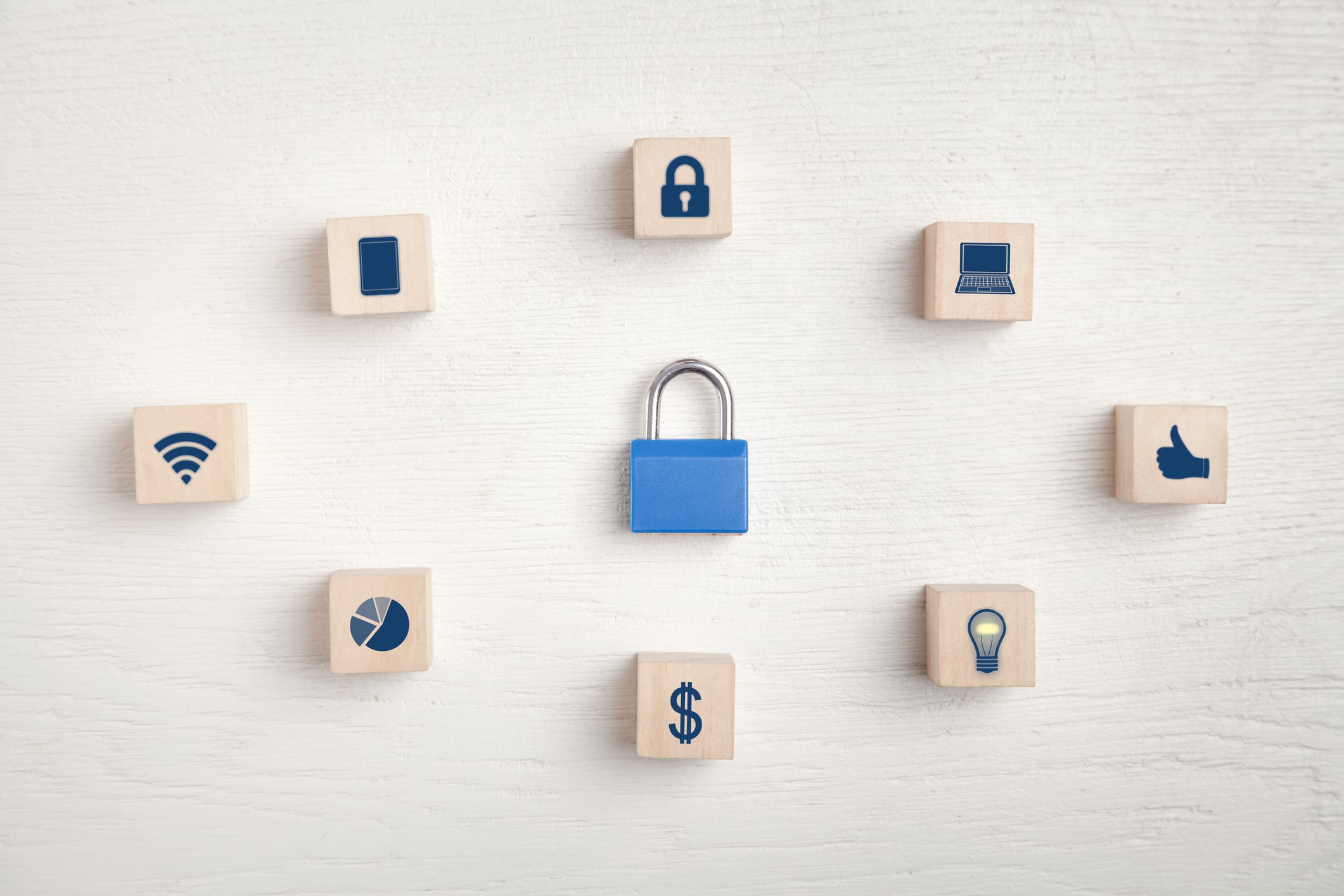Security and privacy are the number one priority at Digital Samba. We're thrilled to announce the release of our 'End-to-End Encryption' (E2EE) feature.
E2EE for Large Group Calls
Unlike many providers who limit end-to-end encryption (E2EE) to 1-1 sessions, Digital Samba stands out by offering E2EE for group calls, currently supporting up to 100 participants. Plans are underway to extend E2EE to even larger calls in the near future.
DTLS and E2EE
WebRTC employs DTLS-RTP as its foundational transport encryption mechanism, safeguarding transmitted data. Digital Samba integrates E2EE, ensuring impenetrable confidentiality, even to intermediary servers.
Key Features of End-to-End Encryption
Digital Samba ensures that both the user experience and backend processes are secure, making it a top choice for developers who prioritise security in video conferencing tools.
Enhanced Security with Additional Protection
Users are presented with an 80-digit security code, a cryptographic SHA-256 hash of the public keys of all users in the room. This ensures no eavesdropping or man-in-the-middle attacks.
How to Enable E2EE
Enable E2EE in the Digital Samba dashboard or via API by following the steps in the official documentation.
Digital Samba's Commitment to Privacy
Digital Samba is fully aligned with GDPR standards, structuring its platform to be data-agnostic and prioritising user privacy.
In Conclusion
Digital Samba, a pioneer in the video conferencing API industry, is dedicated to user safety. With the introduction of End-to-End Encryption, we're ensuring that your video conferencing experience is secure.



